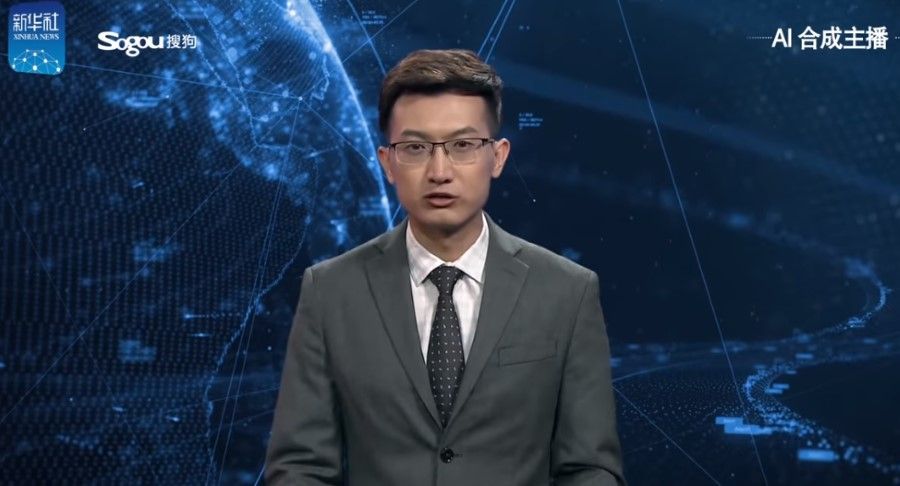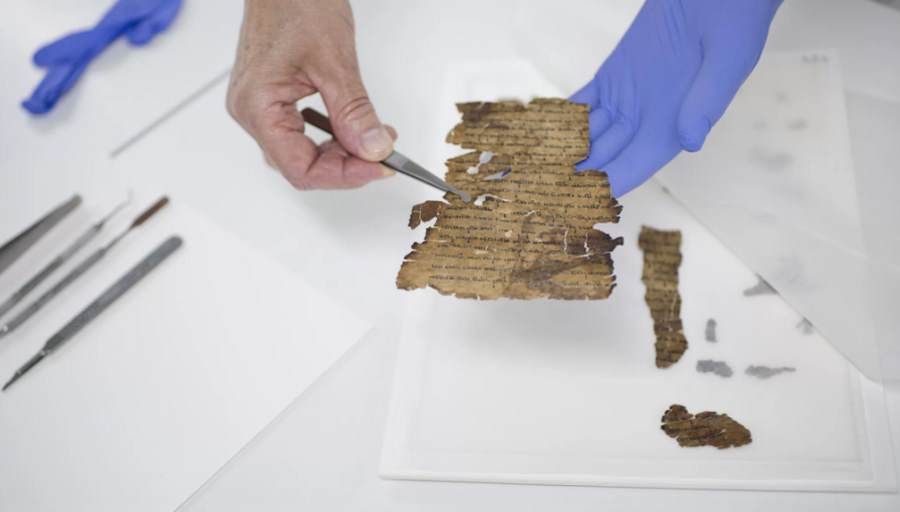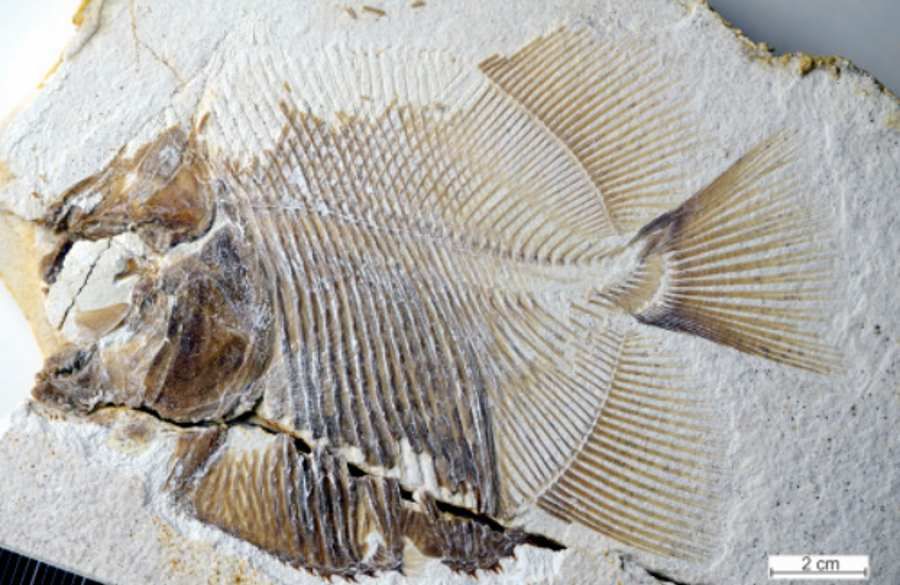A digitally generated presenter will lead a news service on Chinese television
China’s state news agency Xinhua has unveiled the first television presenter generated by algorithms. This is the first of many fictional presenters who will lead future news services in different languages aimed at different nations.
Digital presenter moves and behaves almost like a real person. His movements and facial expressions are fluid and it takes effort to notice r differences. In the presented recordings, the presenter’s voice betrays – tw The researchers used a speech synthesizer, but this can easily be changed.
First artificial presenter – Artificial Intelligence News Anchor – was presented at the World Internet Conference. Xinhua showed two versions of the same presenter – one The first in English, the second in Chinese. The agency also announced that it plans to deploy r larly looking presenters and presenters, depending on the information presented – Another will report on sports, another on business.
According to „South China Morning Post”, The presenter was created with the support of the Xinhua News Agency’s collaboration with search engine Sogou.com. Tw The researchers used machine learning technology. Algorithms watched hundreds of video broadcasts to learn to move their mouths exactly as m inds. In the process, they perfected the facial expressions and full-body movements of the artificial presenter.
Combined with a speech synthesizer, such a presenter can work tirelessly, does not draw a salary, does not go on vacation and will never go on strike. The risk of falling on a vision is also minimal and in the In a short period of time an algorithm can learn any language and any issue. It significantly reduces news production costs and increases the efficiency and reach of the service .
Xinhua wrote in a statement that the digital presenter has „infinite prospects and can be used to cheaply generate reports in for agencies, television and the Internet”.
But technology has its limitations. Recordings presented by the agency show that the range of facial expressions is limited and the voice is clearly artificial. But algorithms learn very quickly, and it’s not hard to imagine a future in which digital presenters are irresistible The volcanic eruptions in the area.
Similar technologies have already been developed for some time in many research institutes. They can be used to create realistic videos of politicians In a short period of time, an that they would never utter. The technology has generated a lot of controversy. Politicians and researchers fear it will allow the creation of new, extremely dangerous and realistic fake news . More on this subject in the text: Deep Video Portraits – a new level of manipulation based on artificial intelligence.



